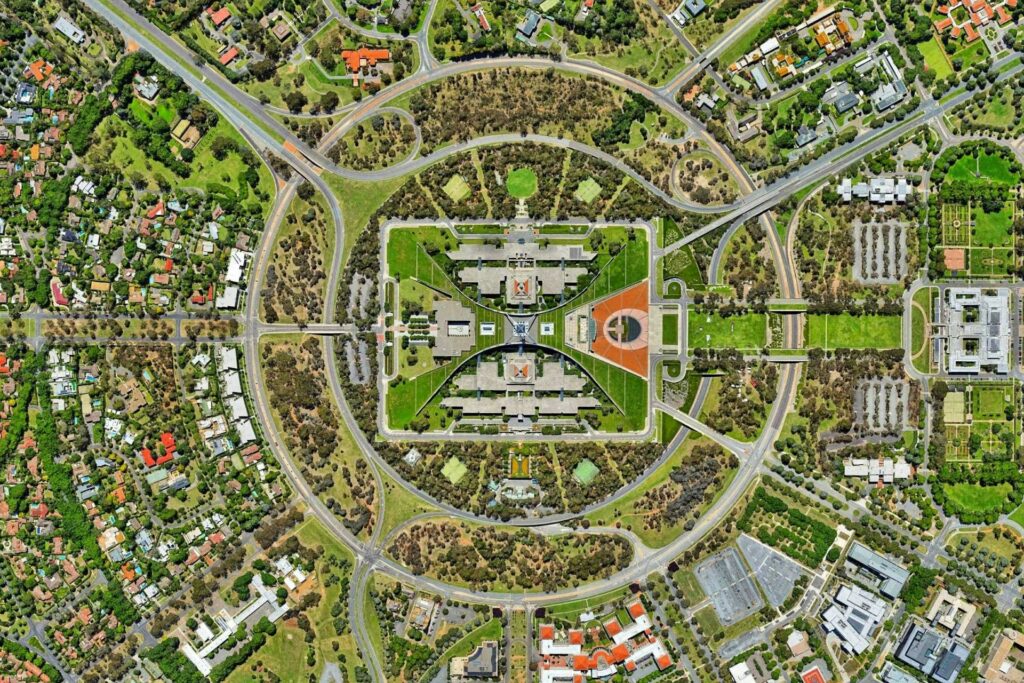On 21 July the Government released ‘Measuring what matters’, the first iteration of Australia’s national wellbeing framework. The framework aims to ‘help us to better understand what matters most to Australians — to build a healthy, secure, sustainable, cohesive and prosperous Australia for everyone’ (The Treasury, 21 July 2023). Just as importantly, it establishes a structure to actively monitor and track indicators of Australia’s wellbeing.
With its foundational dimensions of inclusion, equity and fairness, the wellbeing framework resonates deeply with the health justice approach to wellbeing that we are developing at Health Justice Australia. This is particularly evident in its focus on the multiple, intersecting health, legal and social factors that shape wellbeing. As the framework notes, indicators that are organised according to specific wellbeing themes can often be relevant to more than one theme. This is an important acknowledgement that, even though government structures policy areas into portfolios to enable its efficient management of priorities, these structures don’t necessarily reflect how aspects of people’s lives interact.
A health justice approach starts from this assumption. In our work at Health Justice Australia, it is the underlying assumption in our vision to improve how services respond to those intersections in people’s lives. For example, poor-quality housing or safety at home are everyday issues in which health, legal and social problems interact simultaneously in people’s lives. Yet policy and consequent service approaches often treat housing, family violence and healthcare as separate and distinct.
The inclusion of justice targets within the framework is specifically welcome. These include measures of accessibility, affordability and impartiality of the civil justice system.
People often assume ‘justice’ relates to interaction with police, courts or prisons. But what matters in people’s daily lives is their safety at home, their financial security, their right to live free from prejudice and discrimination. In legal terms, many of these problems are ‘civil justice’ issues: everyday legal needs impact upon people’s wellbeing. So the framework’s attention to civil justice is an important and welcome starting point.
Access to justice: Fair and equal access to justice is critical if people are to have their rights, freedoms, and the ability to pursue lives which enhance their wellbeing.
| Access to justice | Index of Australia’s performance in providing accessible and affordable civil courts and alternative dispute resolution mechanisms (the index ranges from 0 to 1) | Measures accessibility, affordability and impartiality of the civil justice system in Australia | Stable 2012-12 to 2022 | 0.58 access and affordability 0.8 dispute resolution |
From here, the framework needs to deepen its focus on justice past courts and alternative dispute resolution. There are huge opportunities for legal help to be part of early support and holistic responses to the multiple, intersecting health, legal and social problems that often hold people in disadvantage and act as barriers to wellbeing. The wellbeing framework has the potential to drive more holistic service responses across health, legal and social service systems and to measure their impact.
Centring wellbeing within policy decisions also requires changes in the way government works internally and with the community. Health Justice Australia has called for a reshaping of policy relationships that enable collaborative approaches within government policy-makers and between government and the community. We need policy settings that support collaboration, shared investment and accountability towards wellbeing outcomes at all levels across government and beyond. Now that we have a national wellbeing framework, we need to use it to reshape policy-making, service delivery, and monitoring and evaluation in the interests of improved community wellbeing.






